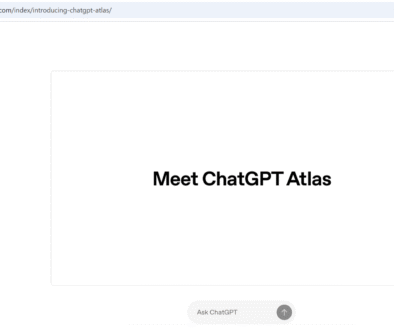Why IT Companies Are Laying Off QA Teams
Why IT Companies Are Laying Off QA Teams [2025]
In 2025, a noticeable trend has emerged across the IT industry: many companies are significantly downsizing or entirely dissolving their Quality Assurance (QA) teams. For beginners and tech enthusiasts, this may seem surprising since QA professionals have long played a crucial role in ensuring software quality. However, the rapid evolution of technology, especially in Artificial Intelligence (AI) and software development methodologies, is reshaping the landscape.
Major Reasons Behind QA Layoffs
Artificial Intelligence (AI) Advancements
AI has grown far beyond simple test automation scripts. Today’s AI systems can generate test cases, execute tests, identify bugs, and even suggest fixes. Tools like DeepTest, TestGPT, and autonomous AI agents are replacing tasks traditionally done by manual testers. Companies are leveraging AI to cut costs and improve efficiency.
AI-Powered Test Automation
AI-based testing platforms offer continuous testing, predictive analysis, and smart regression testing. These systems can learn from past releases and automatically adjust tests for new builds, which minimizes the need for large manual QA teams.
Rise of AI Agents
Autonomous AI agents are capable of mimicking user behavior, detecting anomalies, and validating user interfaces without human involvement. These agents can test across platforms, devices, and browsers in real-time, reducing reliance on traditional QA processes.
Shift-Left Testing Approach
“Shift-left” testing promotes testing earlier in the development cycle. This means developers are now expected to write unit tests, perform integration checks, and use CI/CD pipelines with built-in testing. This trend reduces the dependency on separate QA teams and emphasizes developer-led testing.
What QA Professionals Should Do
Stay Relevant by Upskilling
The role of QA is not disappearing — it’s evolving. Testers need to learn new skills to stay relevant in the AI-driven world. Specialized testing areas such as security testing, AI model validation, performance testing, and ethical testing are in high demand.
Roadmap to Learn AI for QA Testers
- Understand the Basics of AI and Machine Learning
- Learn Python – the most common language for AI tools
- Explore AI testing tools like Test.AI, Applitools, and DeepCode
- Learn to write test cases for ML/AI models and evaluate model bias and fairness
- Understand CI/CD with AI-based automation integration
- Join AI-focused QA communities and take certifications in AI Testing
Top FAQs
Is QA dying as a career?
Not exactly. QA is transforming. Traditional manual testing roles may decrease, but new roles in AI testing, test architecture, and ethical AI QA are emerging.
Can AI completely replace human testers?
No. AI can handle repetitive tasks and detect obvious bugs, but human intuition is still essential for exploratory, usability, and ethical testing.
Why are companies pushing shift-left testing?
Shift-left testing helps find bugs early, reduces costs, and speeds up delivery. This approach puts more responsibility on developers for initial quality checks.
What roles can QA testers transition into?
QA professionals can evolve into SDETs (Software Development Engineers in Test), AI Test Engineers, Test Architects, or DevOps/CI-CD specialists.
How long will it take to transition to AI-based QA roles?
With consistent learning, a QA tester can become proficient in AI-based testing within 6–12 months by following a structured learning path.
